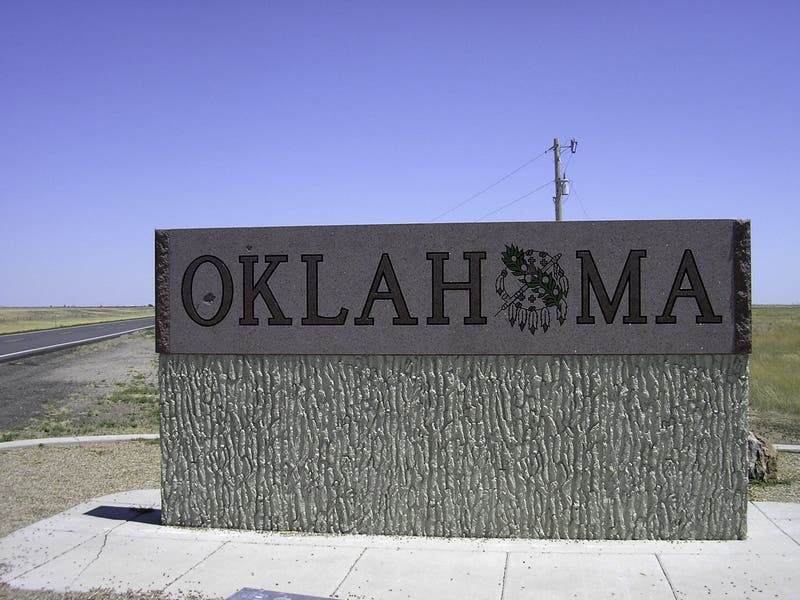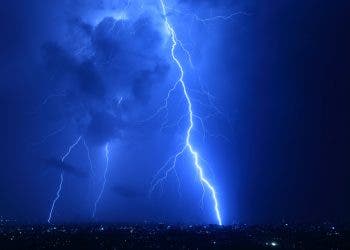
Oklahoma’s economic growth rate has been one of the least in the U.S. in the past year and this has been evident in the reduction of job growth rate, increased claim to unemployment insurance, as well a drop in tax revenues. The numbers of people who try to access unemployment insurance are now about 2,000 per week, the same rate as when the state was in recession. For a larger part of the year, there has been a reduction in the sales tax and net tax revenue in the state, including two of the largest cities in the state, Oklahoma City and Tulsa.
The energy sector in the state has also been one of the most affected industries as there has been a 4% drop in employment in the sector over the past year, which is twice the rate of unemployment ratio in other industries. Oil prices are still within a range of profitability at $55 per barrel but the same can’t be said for natural gas has it has dipped beyond the profit margin. This is as a result of a reduction in infrastructure as some firms are relocating to other states.
Another industry where this drop has been visible is the Agriculture industry, there has been a reduction in farm income. This has also caused a ripple effect on other sectors like manufacturing, finance, leisure, and tourism, etc. As weak demands from the energy and the Agriculture sector are a huge determinant in the functionality of other sectors. As an oil and gas state, the ripple effect of the drop in oil prices is responsible for this decline which started way back in 2015. These reasons would further help us to understand why the economy’s growth has been slow.
Dependence On Oil
What has always been a blessing could turn out to be a curse of some sort. Oklahoma is one of the oil-rich states in America. And as expected if you have such a goldmine it is expected that you build your economy around maximizing your resources. Now the only problem with that is there’s been a global drop in oil prices which has also affected the state of Oklahoma. This alone is not the problem, but there has also been a significant drop in the interest to produce crude oil products in the state. This is due to other states offering better working conditions, high taxes as high as $700 million on drillers.
This has led to a massive layoff by these companies which is gradually taking its toll on the Oklahoma economy. About 41 rigs have been shut down in the state and experts expect the numbers to increase. This would invariably result in fewer taxes and more job losses over the coming months. The number of rigs in the state is directly impactful on the price of crude oil and gas products. This point, in essence, leads to the next and shows a compounding problem.
Poor Diversification Of Economy
The evidence of Oklahoma’s state overdependence on oil is seen in the state’s slow rate of picking up on new trends like technology and the maximization of the internet. The main industries are energy, agriculture, finance, and transportation. As compared to other states that have large tech, fashion, entertainment industries among others. Oklahoma has the largest household earnings coming from oil in the U.S. further showing the dependence on oil and gas. The state is now even more dependent than they were in the oil boom era in the 1980s. They are about 50% more reliant on oil than Texas. The recent U.S. economy index shows that Oklahoma is the 42nd state with regards to its GDP and overall productivity. Diversity is one way the economy can pick themselves up.
Underemployment And Education
The rate of underemployment is significantly high in Oklahoma. Coupled with the fact that people are largely underpaid for the services they offer. The state is ranked 5th in the U.S. for employment growth amongst adults. This is also linked to the fact that a good percentage of the state is also largely uneducated. Public schools are not well funded and a staggering 65% of adults in Oklahoma have not completed two years of post-high school education. This shows that about 15% of the adult population are underpaid and this is three times the rate compared to those who have a college degree.
There is also a huge racial disparity in terms of pay in the state. Statistics show that black adults in Oklahoma are almost twice underpaid as much as their white counterparts. Hispanic adults have the highest rate of involuntary unemployment in the state. This has been seen to impact on physical and mental health as much as unemployment. It drastically reduces self-esteem and overall well-being.
The Future
Things are gradually looking upwards in the state as some industries are doing well such as construction, finance, and the cannabis industry. The Oklahoma cannabis industry has enjoyed massive growth and this can be largely attributed to the favorable legislation in the state. The state lifted the cap on the number of dispensaries and also empowered physicians to recommend medical marijuana as they deem fit. The state medical marijuana program currently has 210,000 patients a drastic surge from 25,000 it had in 2018. The process of getting the Oklahoma cannabis card was also sped up with the removal of the clause of a qualifying condition, all you need to apply for a cannabis card in Oklahoma is a physician’s recommendation.





